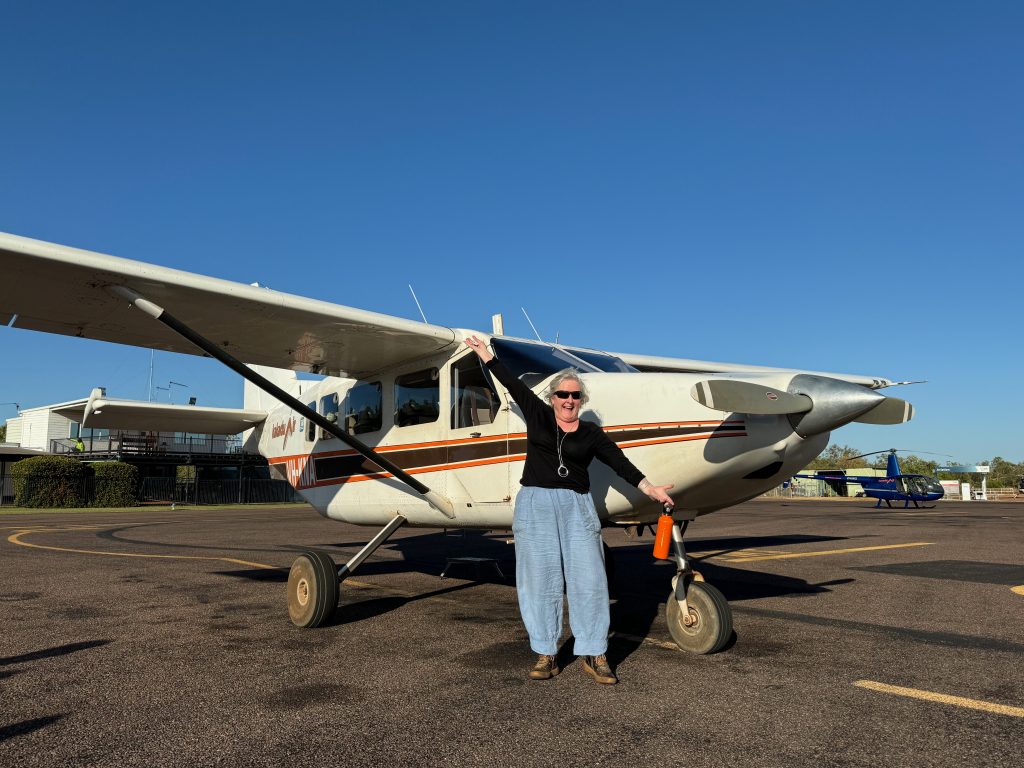
I took a lot of photos on this day, so I’ve decided to split them up into three posts. This one is the sunrise plane trip. The colours and the space we saw were just incredible. There are greens and blues here that you’d never associate with the Top End, but here we are!
This is the one full day we have in Kakadu, so it started early, with a “sunrise” plane flight over Kakadu. I put the word “sunrise” in quotes because it was past sunrise when we hopped onto the bus at 6:30 AM, but I suppose it isn’t safe to drive just before sunrise in these parts. There are too many animals running across the roads.
The planes were tiny.
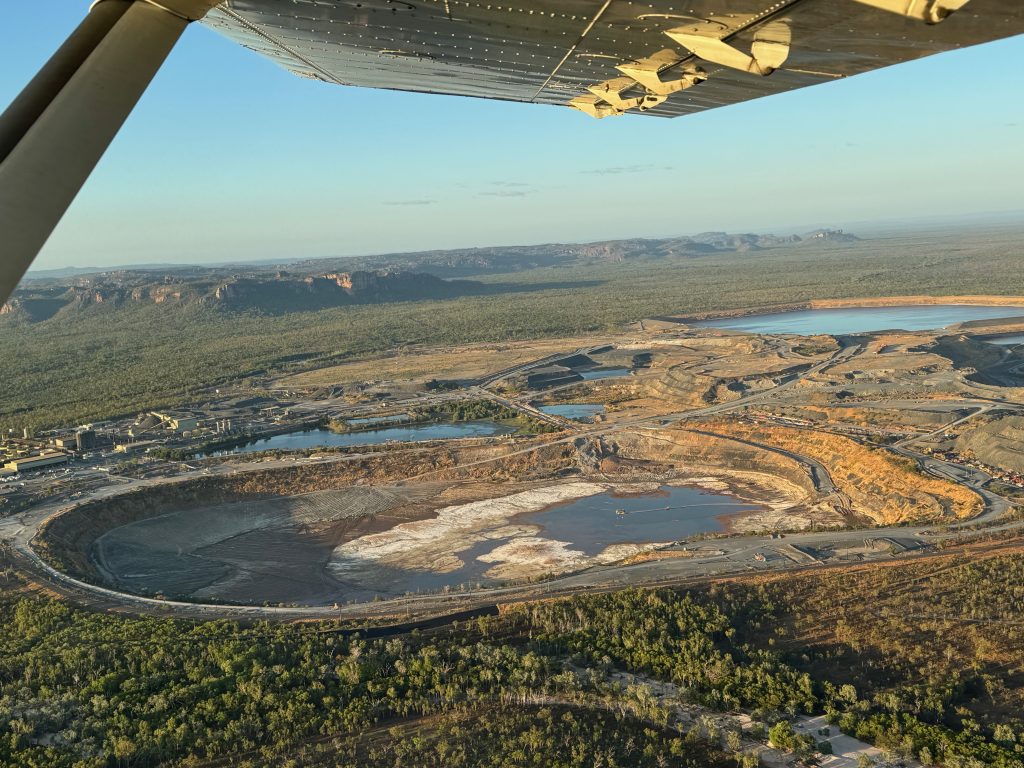
The first thing we saw when we took off was the abandoned Ranger uranium mine. It’s like an open sore on the landscape. Pascal said that Rio Tinto originally promised to fill up the hole and that was all they were going to do, but after many protests, they agreed to leave the land looking as if it was untouched.
“Now, I don’t know,” said Pascal, “but I’ve driven past 5 years ago, 1 year ago and today and it all looks exactly the same as it did back then…”
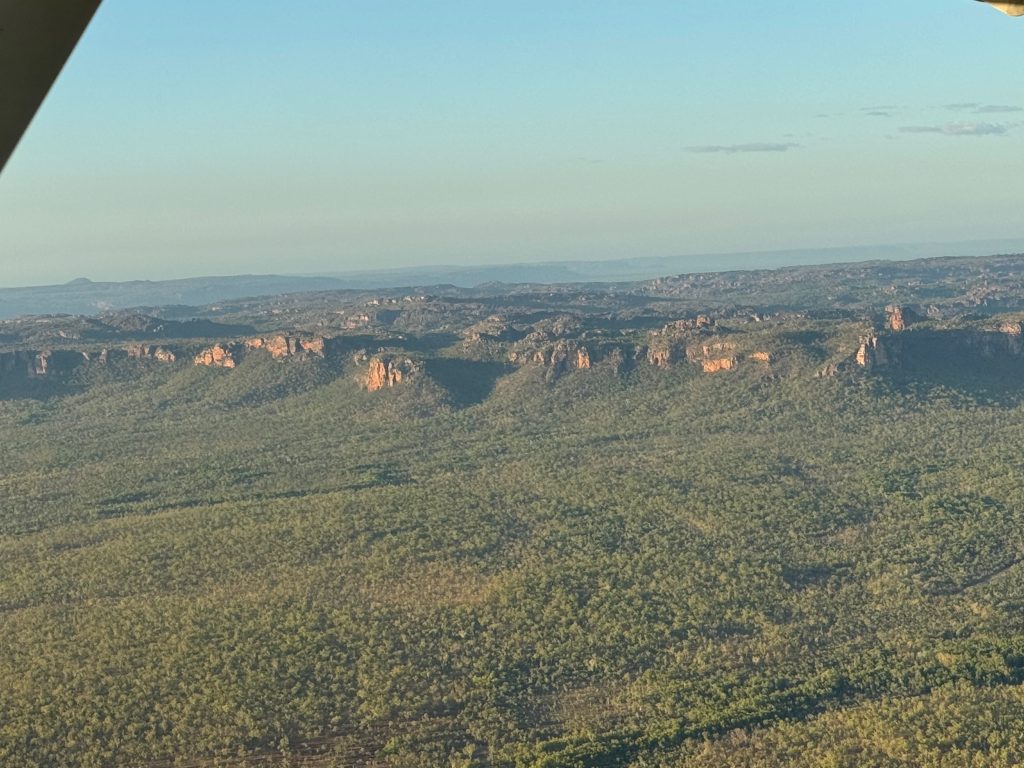
Soon, we were past it and headed over to the first of the three types of land we’d be seeing. This is the savanna woodlands. Next would be the Stone Country and then the wetlands.
This is a view of us looking towards the Stone Country. There are 20,000 square kilometres of it.
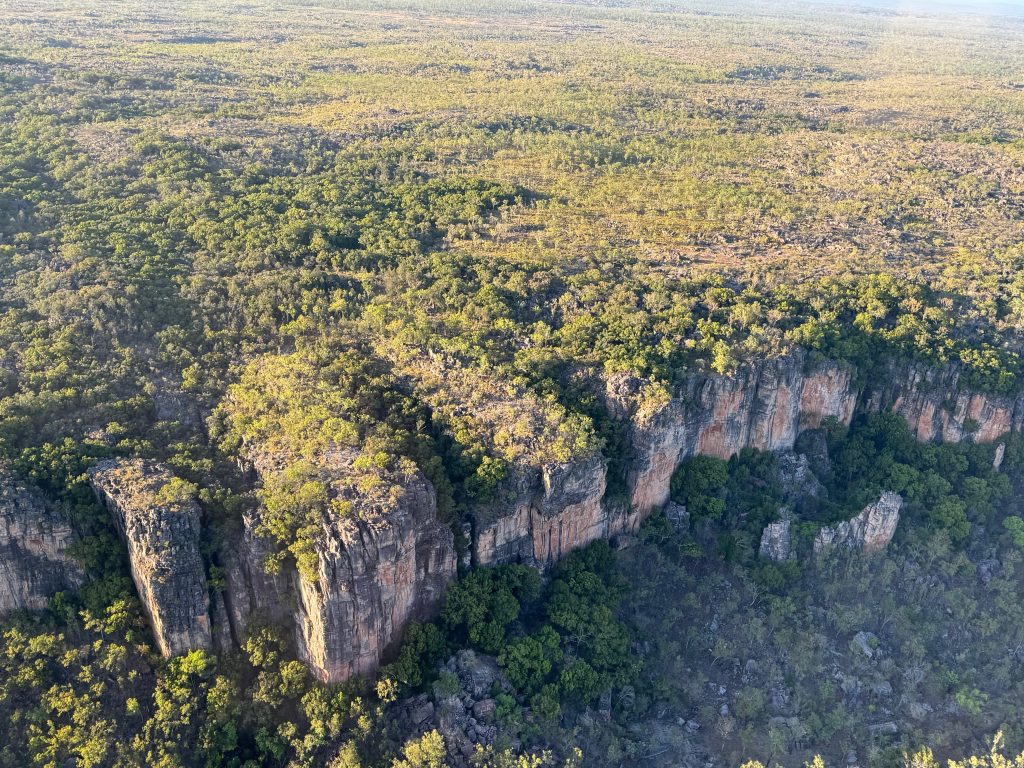
The trees around the cliffs that look a little like broccoli store water in blisters on their roots. These were highly prized by the indigenous people who travelled through here. They are very slow-growing. They also produce an antiseptic, so whenever both the rangers and the indigenous people start a burn, they make sure to burn around these trees.
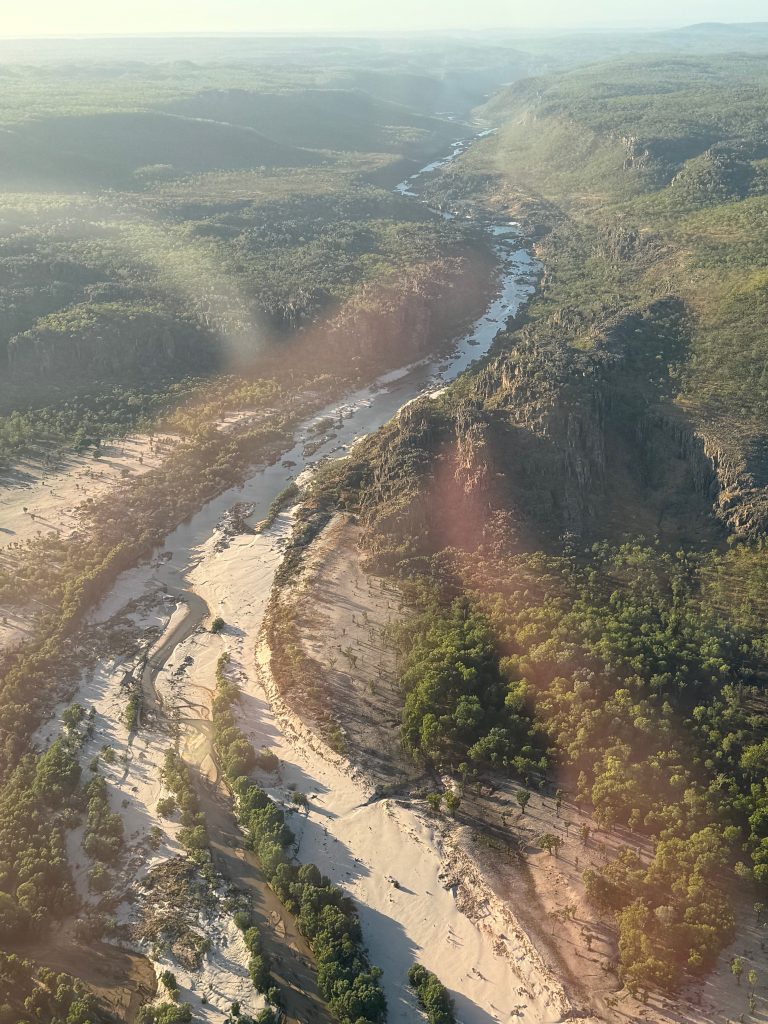
This is the East Alligator River, so named because the first European guy who mapped it didn’t realise that he was actually running away from crocodiles. He should have stayed a little longer and examined their snouts! It last rained here 5 months ago. You can see that the river is already starting to dry up.

For enquiring minds, an alligator (on the left) has a nasty, unintelligent-looking rounded face, whereas our crocodiles have a beautiful, evil, dachshund-shaped snout, just like a velociraptor.
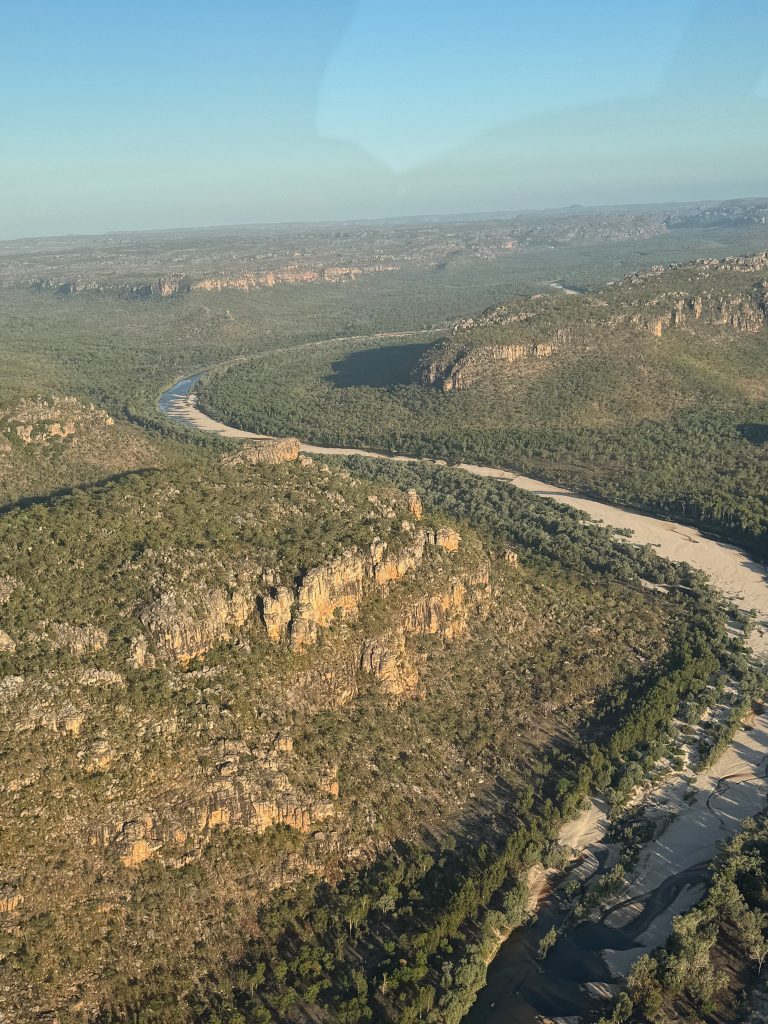
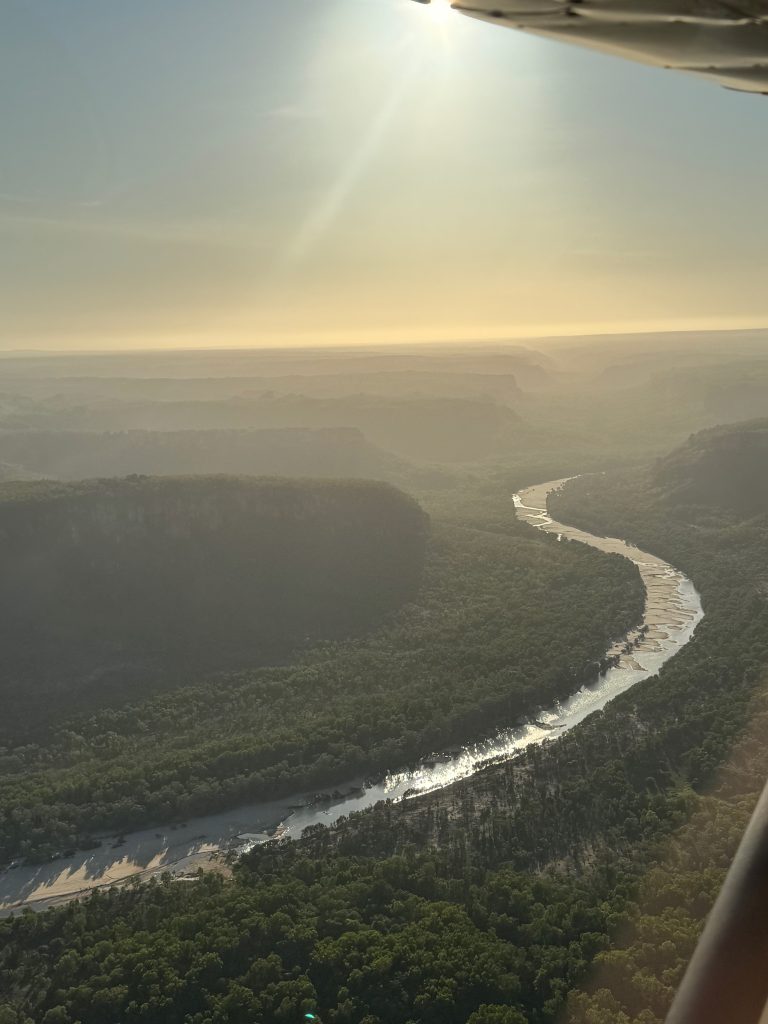
Beautiful, isn’t it? I was so glad that I jumped into the plane first and got a window seat. But then again, everyone has a window seat.
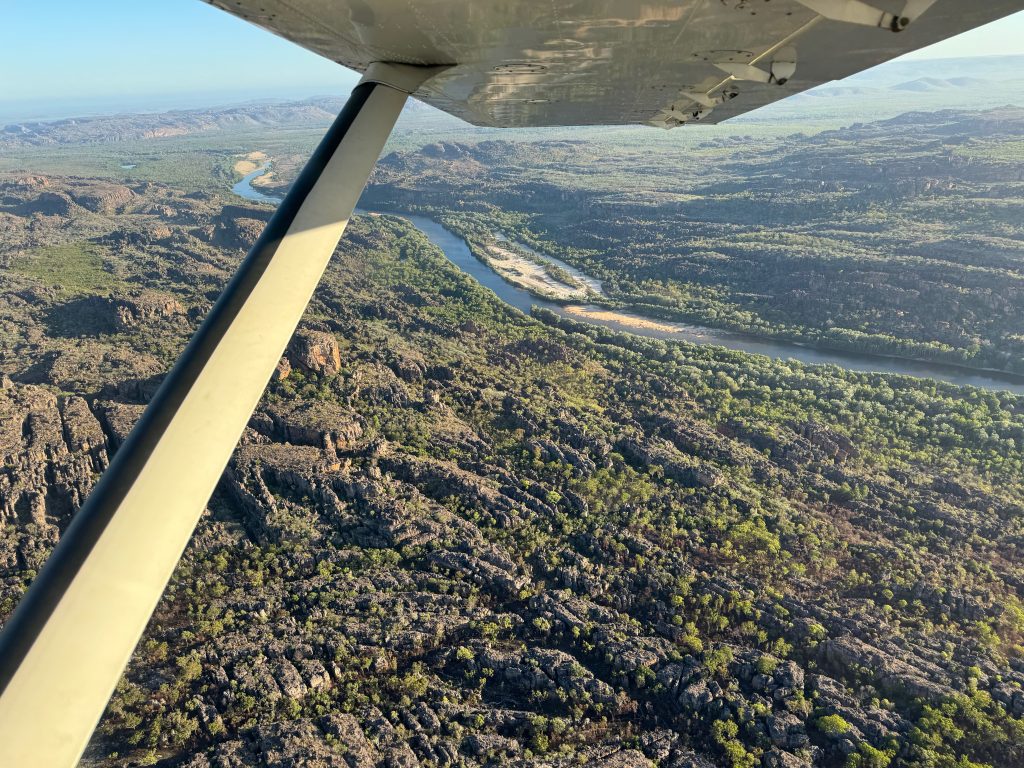
A stone axe head found in an archaeological dig was 65,000 years old. These people have been here for a very long time.
They are the oldest bakers in the world. This is something that is never talked about, but it’s true. They’ve been grinding seeds to make their own version of flatbreads before anyone else thought of it.
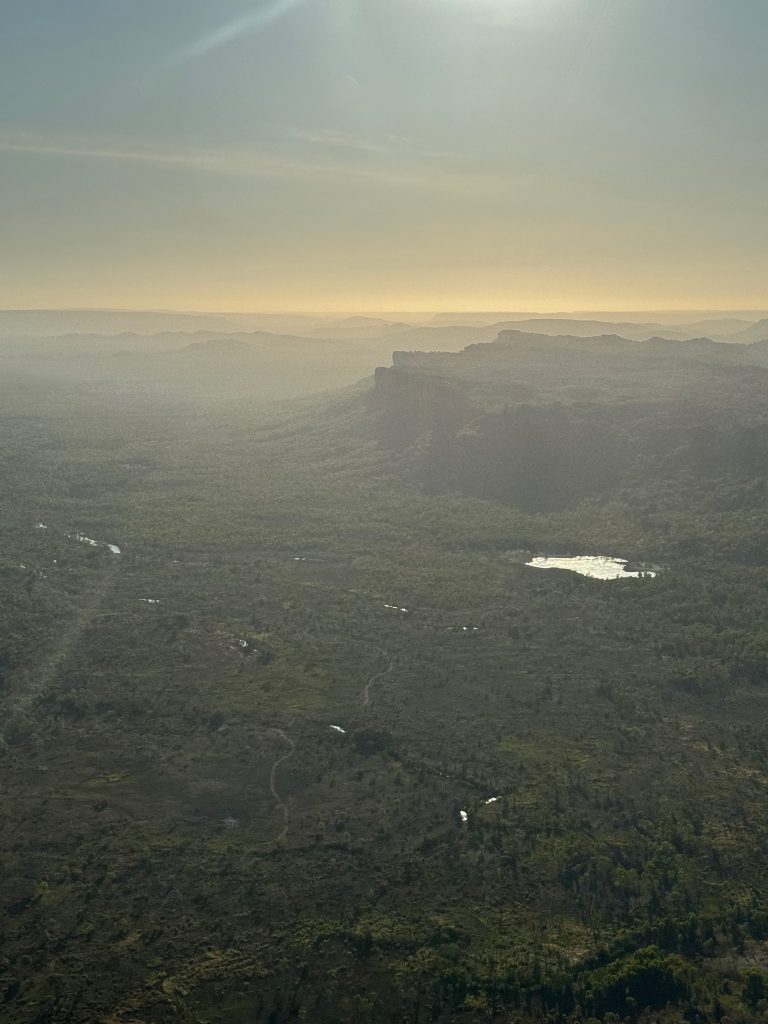
Little waterholes dotted along the river, all probably full of crocs.
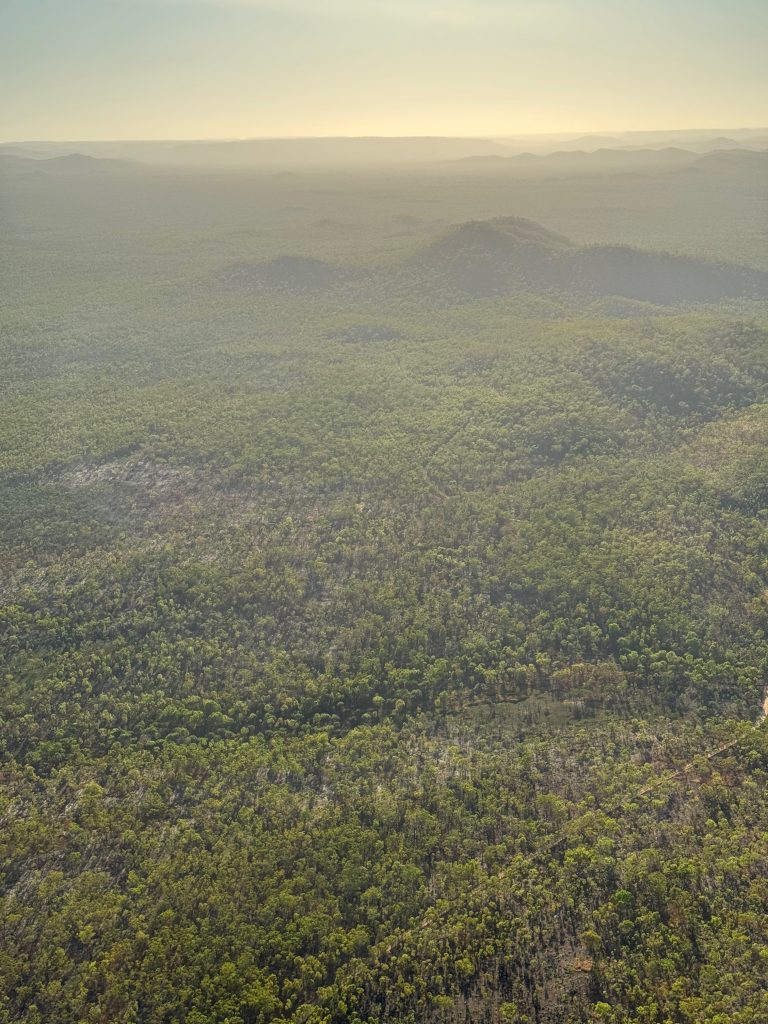
It seems to go on forever.
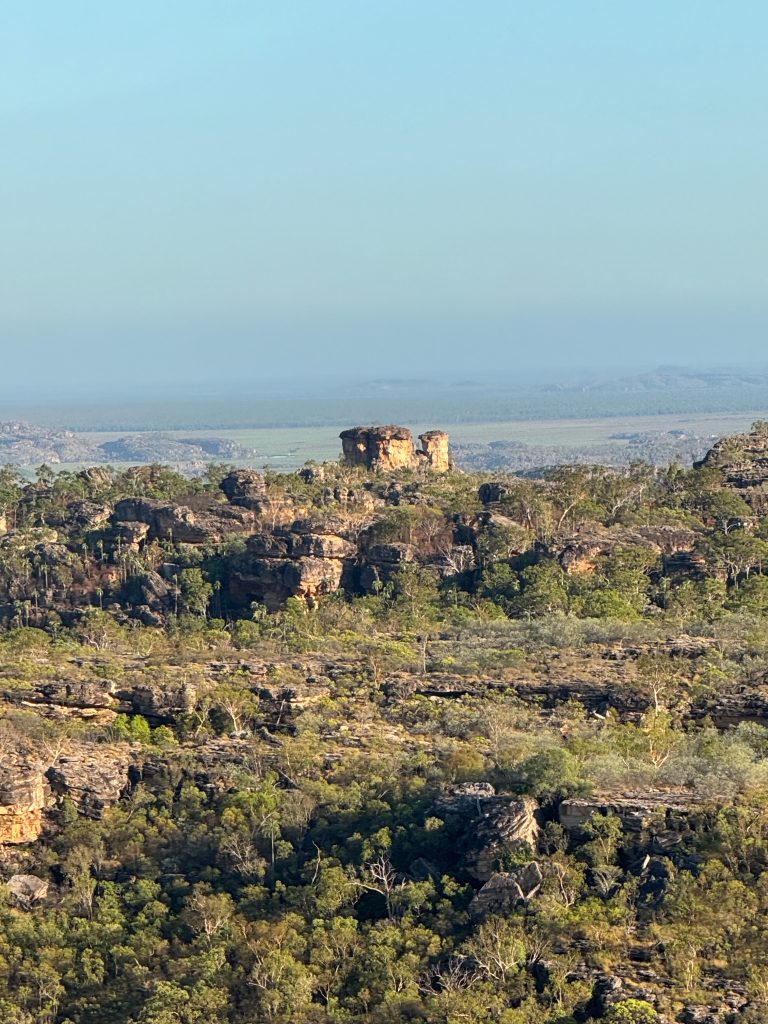
I swear erosion plays games! If I was in the UK or Europe, I swear I’d think this was a ruined castle.
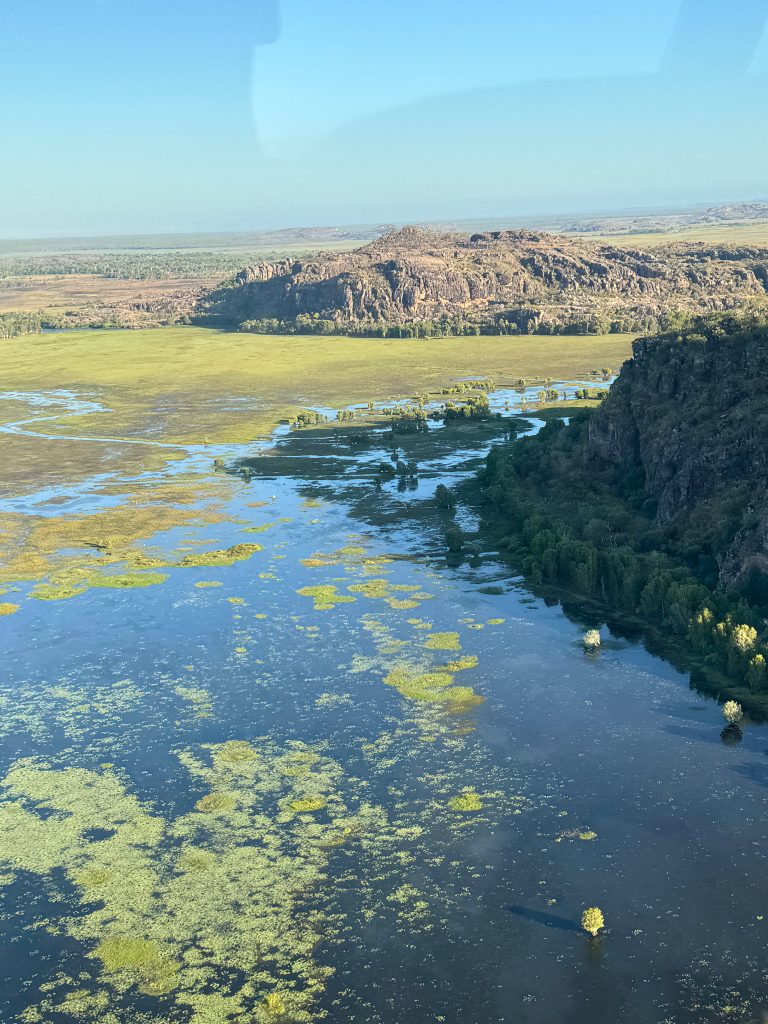
The wetlands. It’s receding now. Back in June, this whole area would have been underwater.
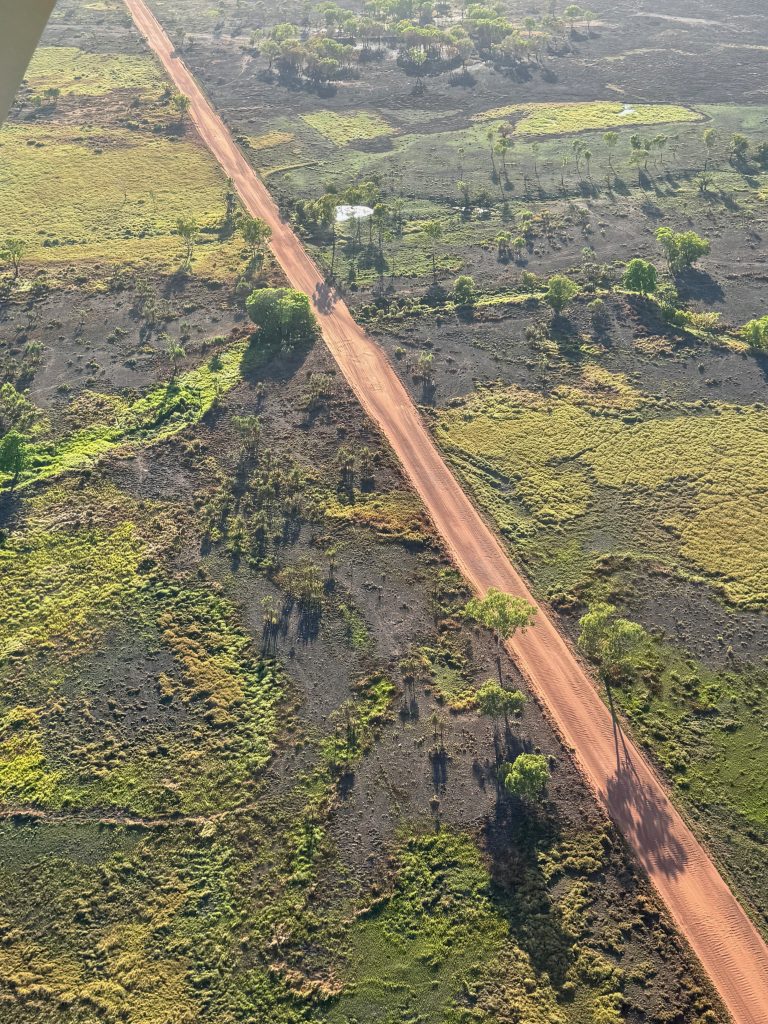
I love the starkness of the road cutting through the landscape.
This is one of the very few roads in Kakadu. The wetlands are so precious and vulnerable that they’ve stopped anyone but rangers and the traditional owners of the land from walking in here. The waterways were getting choked by plants that were seeded by people bringing them in on their feet from other areas.
Now, we can only see it from the sky.
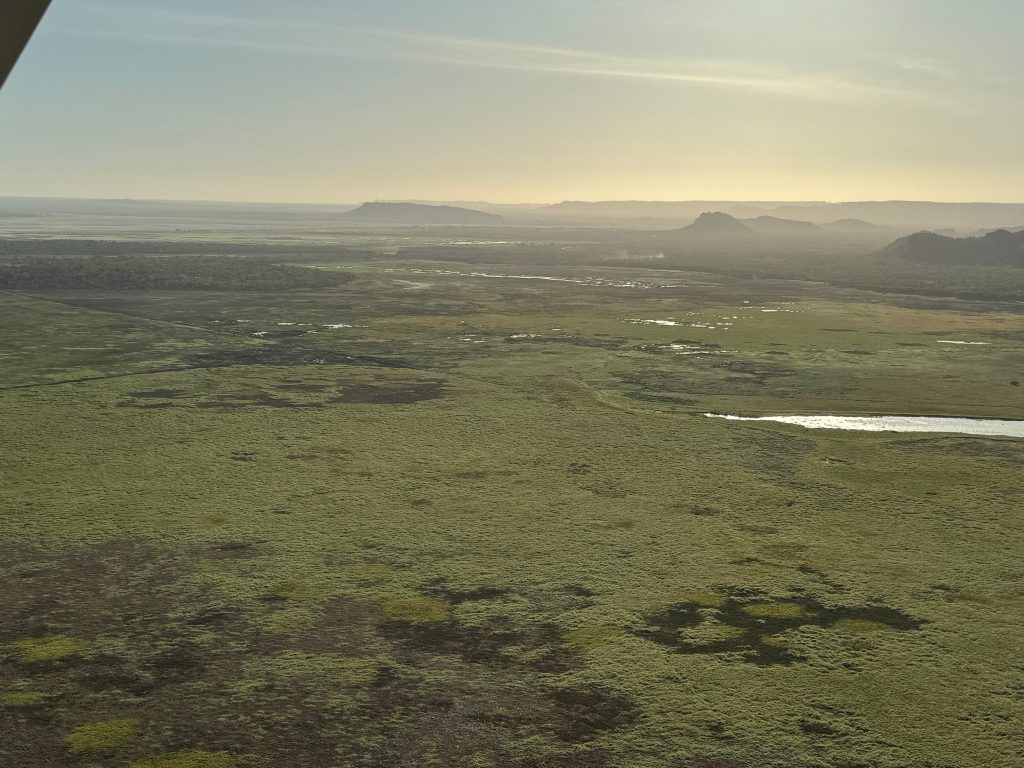
Migratory birds come here from China and Siberia.
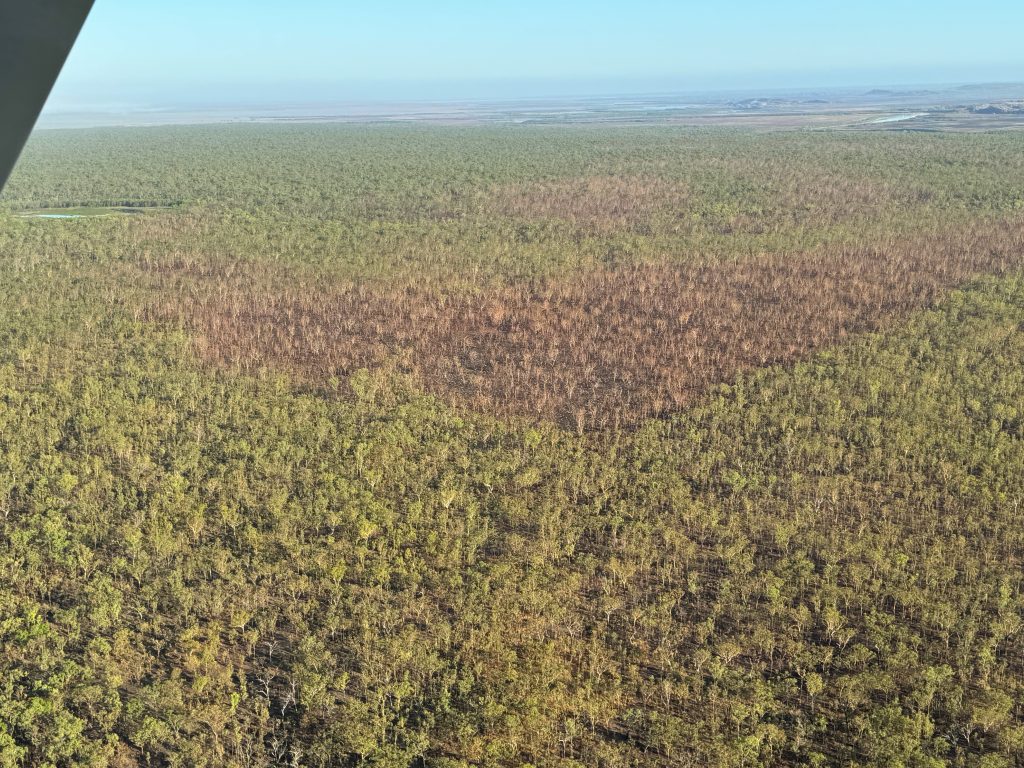
1/3 of the park is burned every year.
The pilot said that sometimes when he’s flying, he can’t see more than 2kms either way for the smoke. Fires need to go through the scrub. It’s how the indigenous people used to control the undergrowth for thousands of years, and our trees and plants have evolved, with some seeds only able to open after there’s been a fire.
The trouble with the introduced species that the Europeans brought in with them is that they burn at a far higher temperature than our native grasses. This means that if an area is infested with non-native grasses and a fire comes through, it burns the seeds and kills them, along with the trees. This is why they’re trying so hard to keep these wetlands pristine. (Unlike what’s happened at Alice Springs/Uluru. Introduced grasses are everywhere and are hard to eradicate.)
There are no tracks in the park… the rangers use helicopters to drop the fire in grids, as you can see.
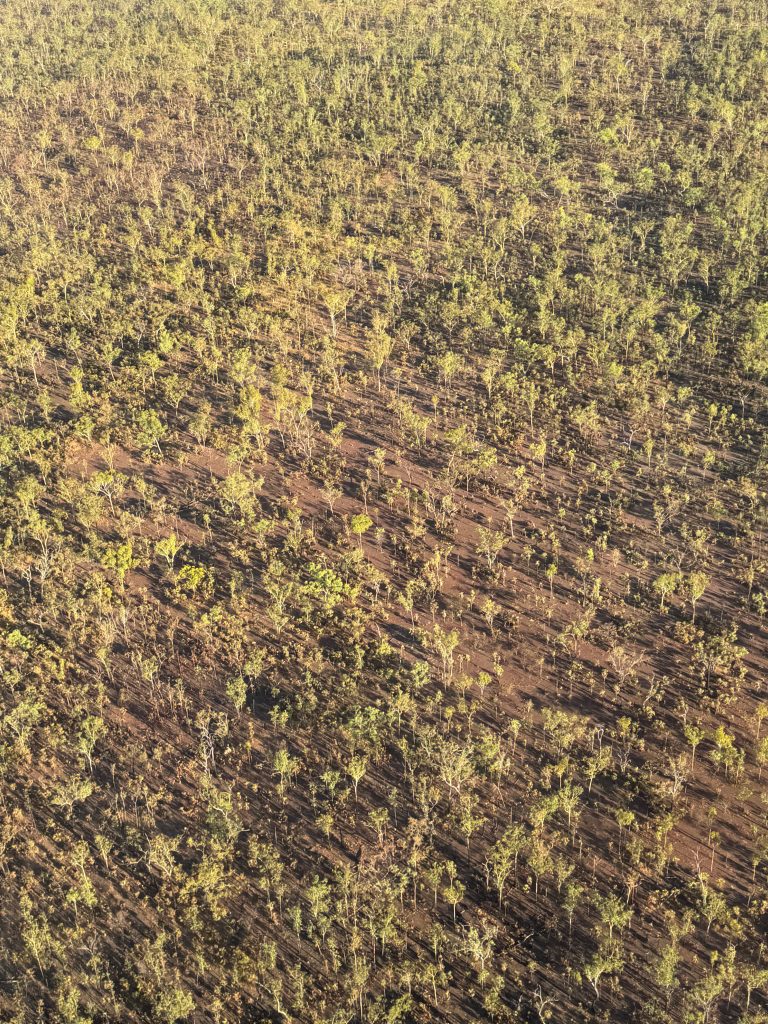
We swooped a bit lower so we could see that the fire still left the trees more or less untouched – it was all the undergrowth that had been cleared away.
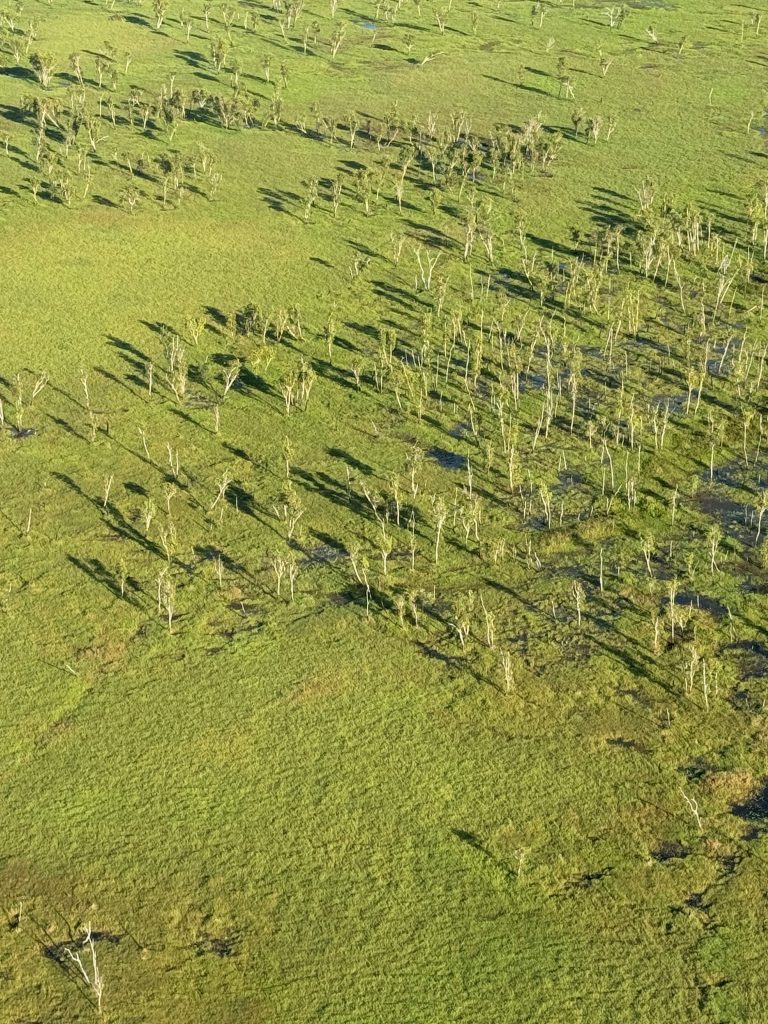
How is this green even possible? I’m getting Ireland vibes!
I love the trunks of the ghost gums against the grass.
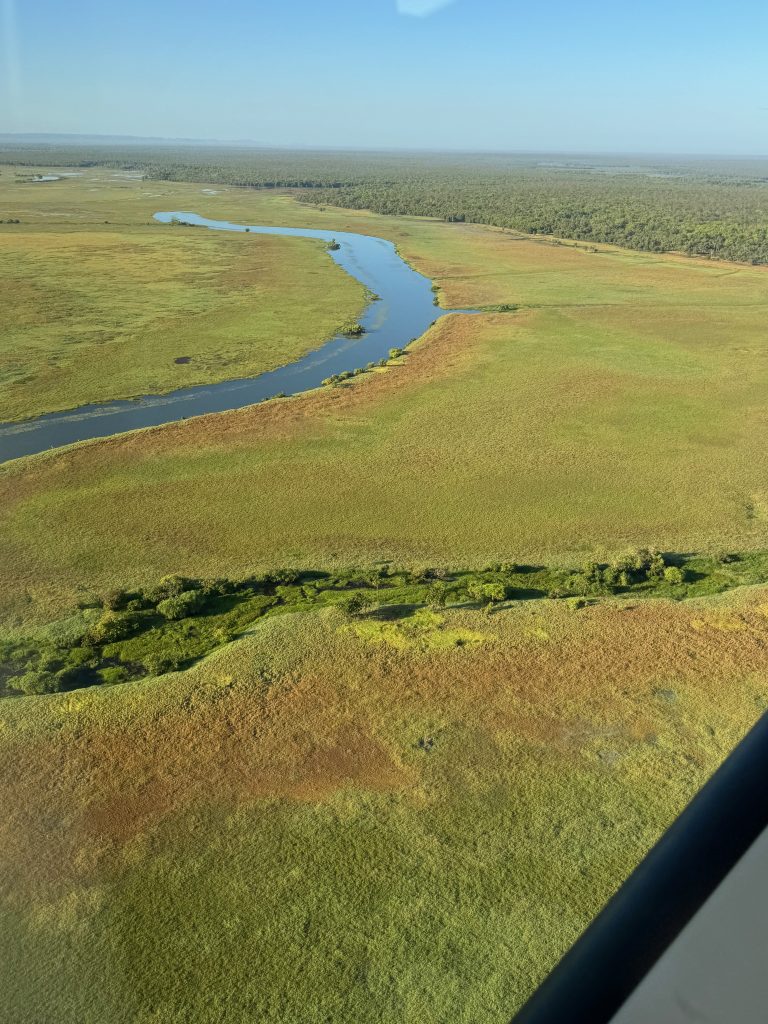
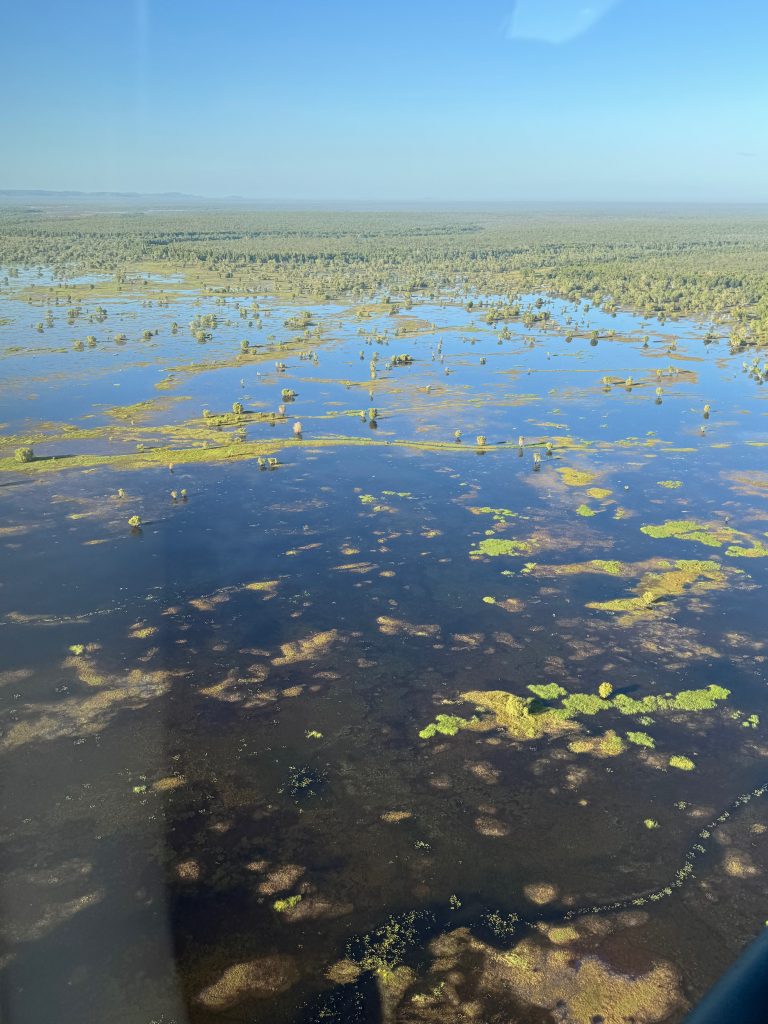
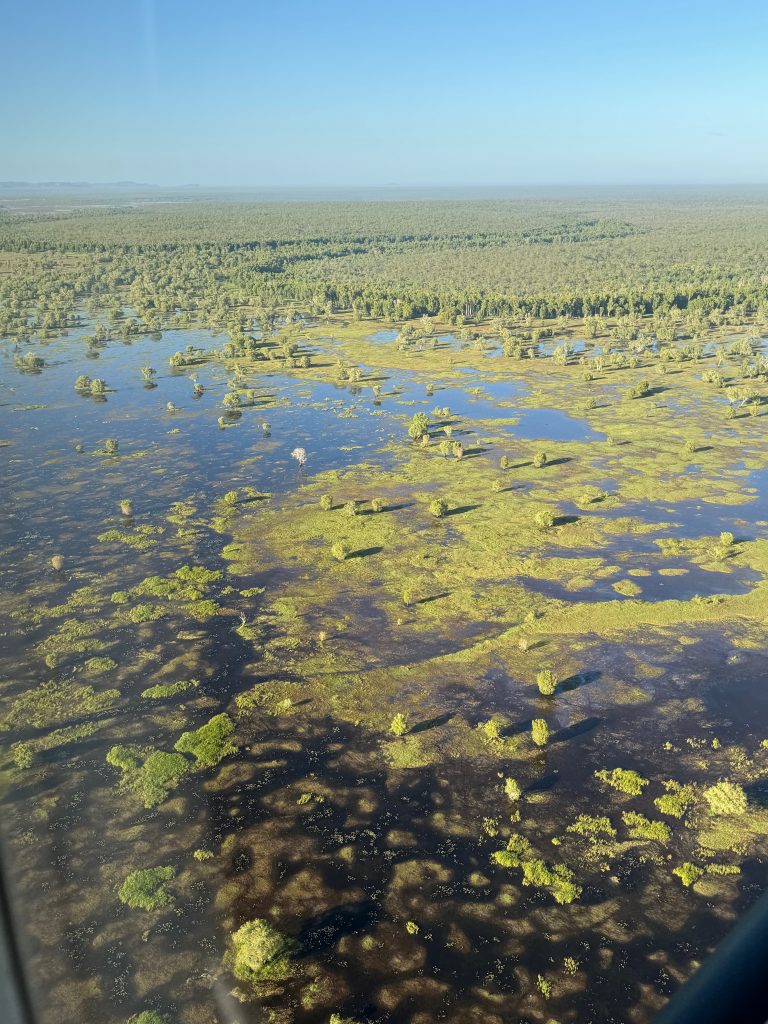
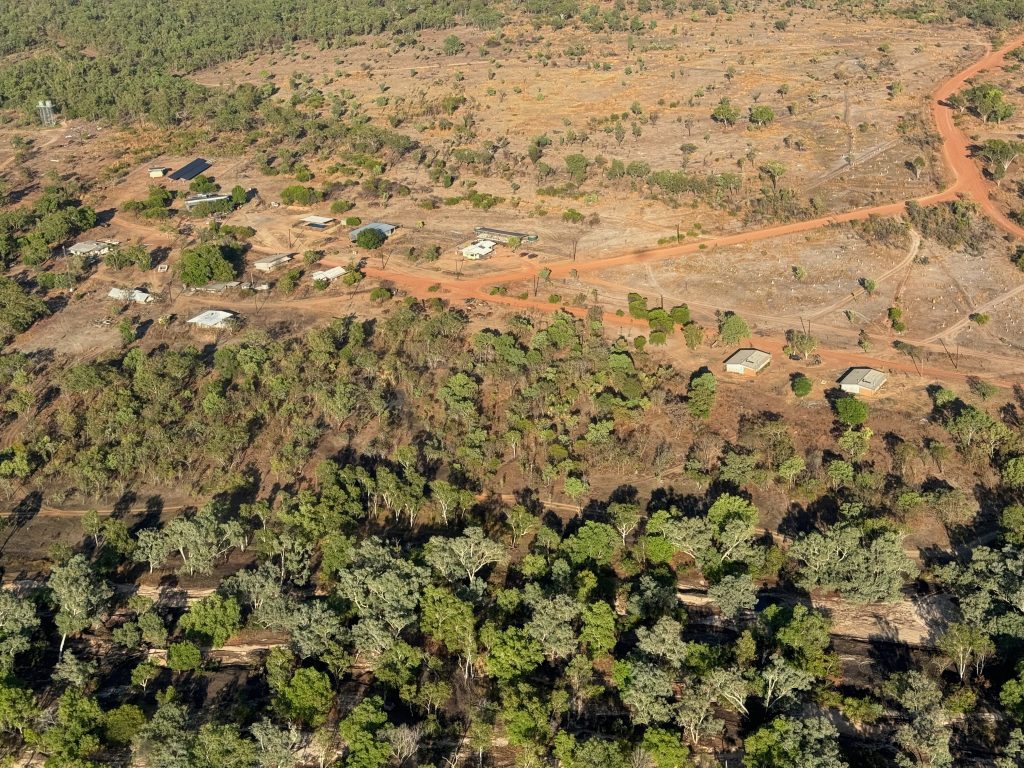
Just as we were making our way down to the airfield, we passed over an Aboriginal settlement. This is a small one.
Then we were back on the ground and ready for our next adventure. It was only 8 AM!
It’s funny. If this was an optional activity, I probably wouldn’t have done it. But I’m so glad I did. It was a wonderful feeling to see the landscape stretching away beneath me and to get a feel for the immensity of this place.
Next… the boat trip down crocodile-infested waters in Arnhem Land.
Dad Joke of the Day:

It’s simply beautiful. I’m so glad we spent 4 nights/5 days in Kakadu in 2018. 2 nights at Jabiru and 2 nights at Cooinda. We did so much walking and climbing to see the indigenous art and then the sunrise breakfast cruise on the billabong at Cooinda. Wonderful memories.
A breakfast cruise sounds lovely!
I didn’t do all that you did, but sit tight. Rock art is coming!